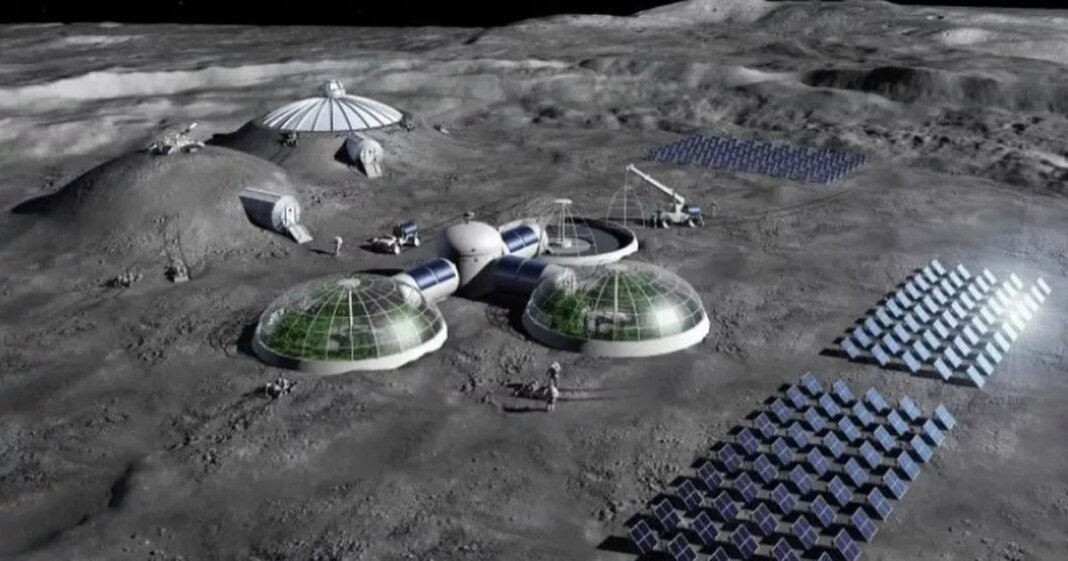NASA has unveiled plans to establish a “village” on the Moon to enable long-term human habitation. Administrator Sean Duffy made the announcement at the International Aeronautical Congress (IAC) in Sydney, Australia, stating that a settlement could be established within the next decade. The event was attended by space agency leaders from the USA, China, Japan, India, Europe, and Canada.
During the congress, Mr. Duffy emphasized the peaceful intentions of the US in space exploration, emphasizing that they aim to support sustained human life on the Moon, envisioning not just an outpost but a full-fledged village. He also mentioned the possibility of the lunar village being nuclear-powered, with plans to install a nuclear reactor by 2030 as part of the US’s goal to create a permanent lunar base.
Looking ahead, NASA anticipates significant progress towards manned missions to Mars within the next ten years. Several countries, including the US, China, Russia, India, and Japan, are actively competing to explore the Moon’s surface and establish permanent human settlements.
Mr. Duffy, acting as the temporary head of NASA, stressed the urgency of advancing key technologies to support future lunar activities, energy generation on Mars, and enhance national space security. These developments follow NASA’s recent announcement of plans to send astronauts on a lunar mission, with preparations well underway for an upcoming crewed mission around the Moon, setting the stage for future manned missions to Mars.
The Artemis II mission, scheduled to send four astronauts around the Moon next year, is a crucial step towards achieving crewed lunar landings and eventual missions to Mars. NASA aims to expedite the mission launch to February, with aspirations for astronauts to land on the Moon as early as 2027. This mission will play a pivotal role in establishing a sustainable human presence on the lunar surface.
Lakiesha Hawkins, an acting deputy associate administrator at NASA, highlighted the significance of the upcoming mission in advancing human space exploration, emphasizing the agency’s unwavering commitment to safety. Artemis Launch Director Charlie Blackwell-Thompson confirmed that the Space Launch System (SLS) rocket, designed to carry astronauts, is nearly ready for launch, with final preparations focused on integrating the crew capsule and conducting ground tests.

